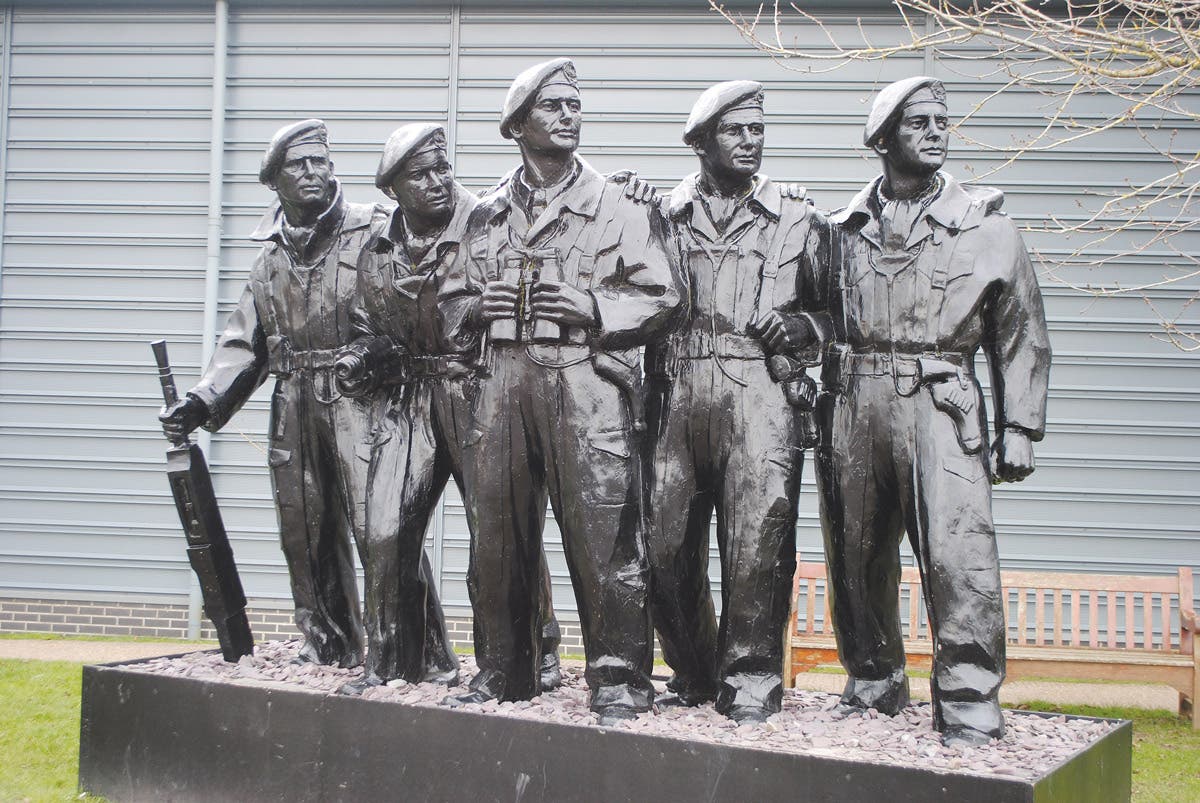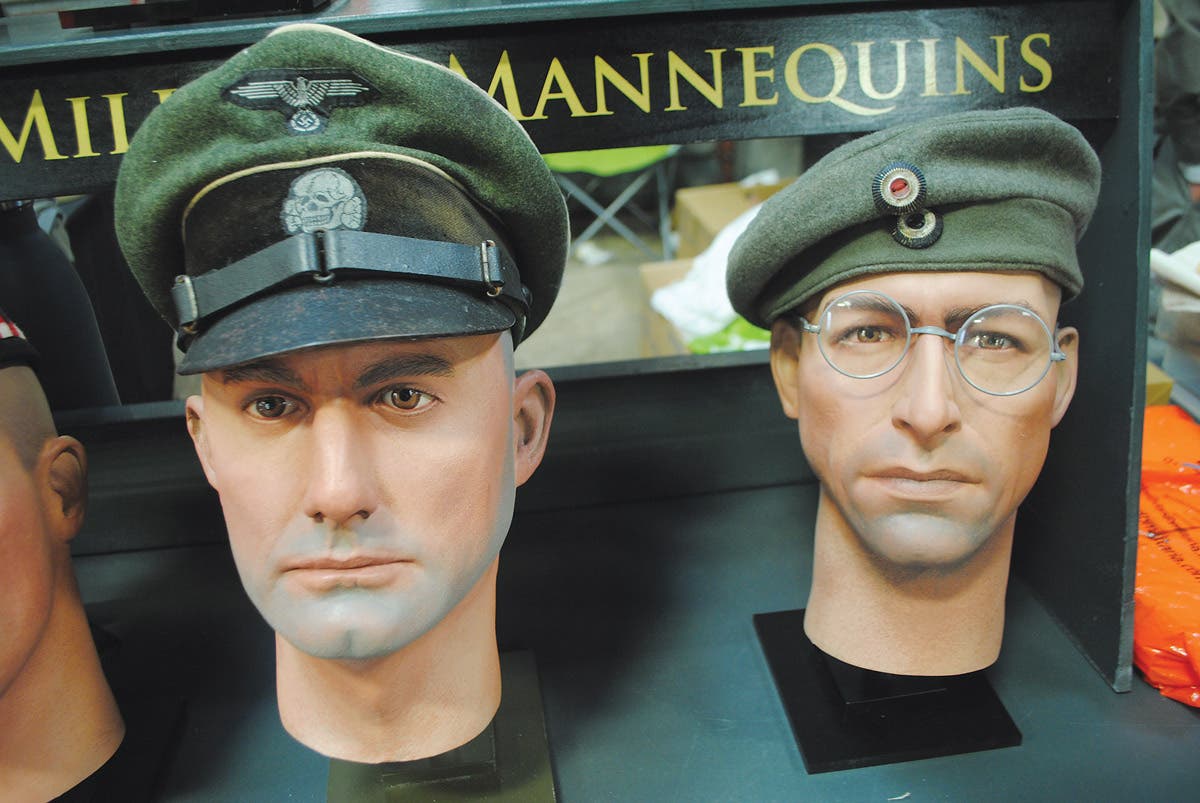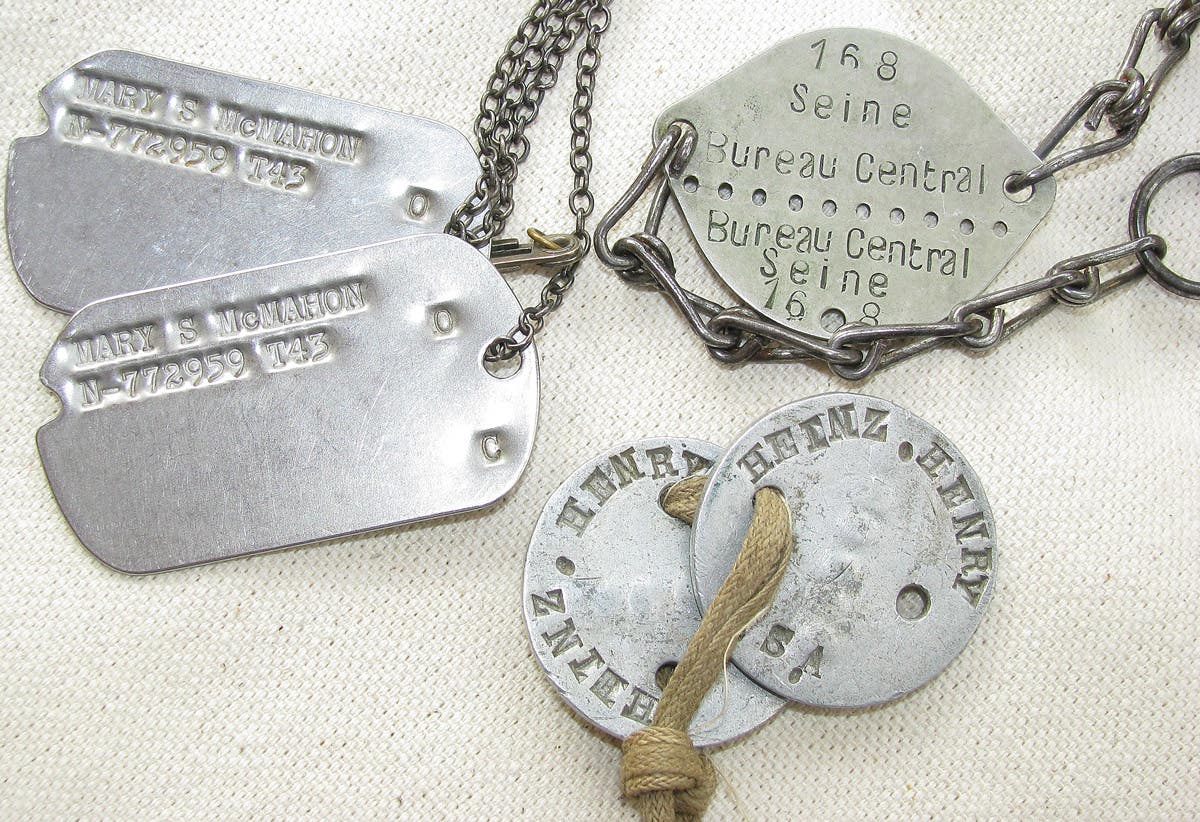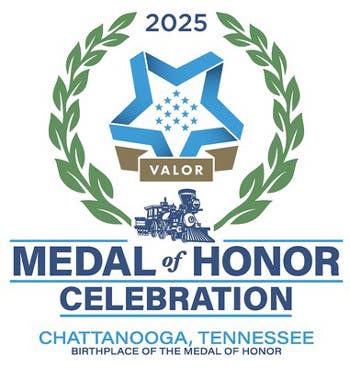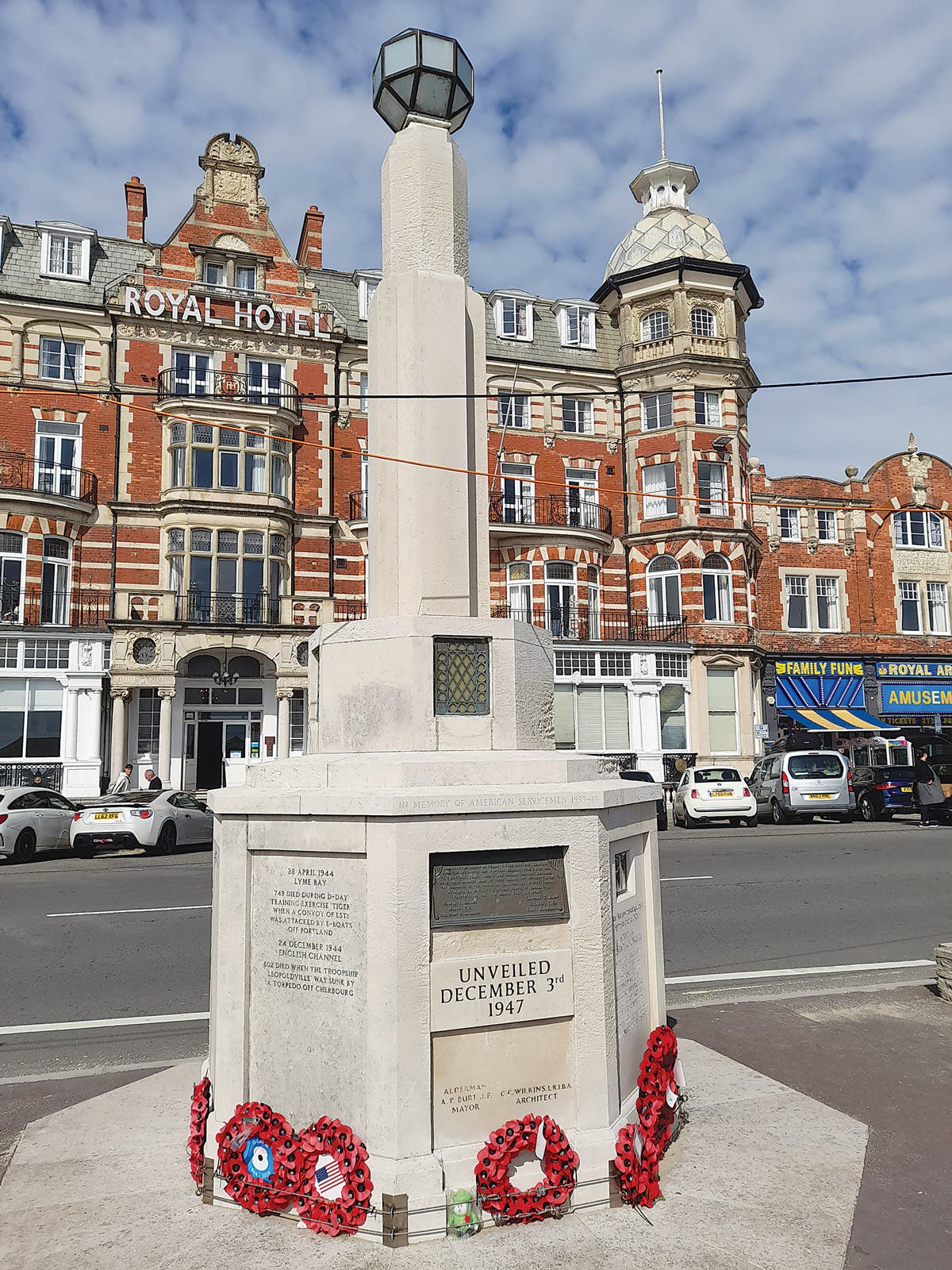Gettysburg Jacket sells for $57,316
Henry H. Stone’s trusty blue coat served him well throughout the prime years of the Civil War–before, during and after the Battle of Gettysburg. He is even said to have referred to it as his “lucky” tunic.
In the August issue of Military Trader, Mastro Auctions (www.Mastroauctions.com) announced that it would be selling the jacket that 11th Massachusetts Sergeant Henry H. Stone wore during the the 1863 battle of Gettysburg When the gavel dropped on August 29, bidding had topped $57,000.
Henry Harrison Stone, a 20-year-old fireman from Charlestown, Massachusetts, enlisted in the Union Army on June 13, 1861--just two months into the Civil War. As a sergeant in "I" Company of the 11th Massachusetts Infantry (Hooker's Brigade), he donned this, his Army of the Potomac blue coat, with bravery and pride at such legendary battles as Fredericksburg, Chancellorsville and that most critical of all Civil War engagements: Gettysburg. The future of the United States hinged on those three fateful days in July 1863. If Confederate General Robert E. Lee could steer his men to yet another victory in their march northward, the depleted Union forces might never recover. Slavery would continue. Our country would be the Divided States of America. But Gettysburg proved otherwise. The "High Water Mark of the Confederacy," it was the deadliest battle of the entire war, causing more than 50,000 casualties, prompting General Lee's retreat and signaling a long-awaited turning point for the Union Army.
Sgt. Henry Stone's jacket that he wore at the battles of Fredricksburg and Gettysburg. Mastro Auctions
Sergeant Stone was in the thick of the fight on the battle's bloodiest day. He and the 11th Massachusetts were positioned on Emmitsburg Road as part of the Third Army Corps commanded by Major General Daniel Sickles. The Union line was broken when Confederate troops under General John Bell Hood charged through the nearby Peach Orchard, up along Emmitsburg and then on to Cemetery Ridge. Sickles was struck by a cannonball and carried off on a stretcher for his leg to be amputated. Stone was wounded as well, though it is unknown how severely. Both men were fortunate even to survive such a barrage, and a monument memorializing the many fallen soldiers of the 11th Massachusetts still stands to this day at Gettysburg National Military Park, on the corner of Emmitsburg Road and Sickles Avenue. Sergeant Stone courageously stayed with his regiment and fought at the Battle of Spotsylvania, where he was taken prisoner on May 12, 1864. Stone remained a P.O.W. in Andersonville for six months (during which time he went deaf due to illness) before being exchanged in late 1864 and then mustered out of service in early 1865.
The left arm bears a few neat slices and a round patch repair attributed to Stone's Gettysburg injuries. Mastro Auctions
Henry H. Stone's trusty blue coat served him well throughout the prime years of the Civil War--before, during and after the Battle of Gettysburg. He is even said to have referred to it as his "lucky" tunic. It is trimmed with piping and adorned with sergeant's chevrons on both sleeves. The left arm bears a few neat slices and a round patch repair attributed to Stone's Gettysburg injuries. Another small slice is located on the upper back. The buttons are missing, perhaps having been confiscated as Confederate souvenirs while Stone was imprisoned, or perhaps removed by Stone himself to fit into the svelte coat in his later years as a proud veteran. Unlike many Civil War-era garments that have been ravaged by poor storage conditions, the Stone coat is free of such blemishes as staining or moth holes. It is extremely well-preserved, having been meticulously protected from the elements throughout its post-Civil War existence.
Carte de visite of Sgt. Stone (wearing a different, 4-button sack coat). Stone served as a member of Company I, 11th Massachusetts Infantry. Mastro Auctions
Almost a year after Gettysburg (and a mere five weeks before being captured at Spotsylvania), Stone wrote his mother a letter in which he mentioned sending this very coat to her. The original letter, dated April 1, 1864, is included here and reads, in part, "You wish for me to send home any of my clothes that I may have worn in the Battle of 'Gettysburg' - I will do so at once soon as many of the Boys Rail for home on furloughs - we have some who are expecting to go home the first of next week. I will send you my 'jacket' worn in the Battles Fredericksburg, Chancellorsville, Gettysburg and Wapping Heights - also Locust Grove." The cherished coat, which Stone may have continued wearing through his unanticipated time at the notorious Andersonville prison, made its way to Stone's family, in whose care it would remain over the generations for more than a century--long after Stone died in 1892.
In the 1970s, renowned Civil War collector Jim Stamatelos acquired the coat from Henry Stone's great-granddaughter, who related to Stamatelos that although her great-grandfather never spoke of the war and the carnage he witnessed, Stone still would take out the jacket every Memorial Day and wear it as a badge of honor for the Union victory. The great-granddaughter also provided Stamatelos with the aforementioned letter to Stone's mother, another letter about the First Bull Run and an 1861 carte de visite of Stone (wearing an earlier sack coat), all of which are present with this lot. Stamatelos retained the coat for 30 years, displaying it at annual Gettysburg relic conventions (even capturing a prestigious best-of-show award) and also donating its image for publication in two TIME-LIFE books--Echoes of Glory: Arms and Equipment of the Union (1992) and Voices of the Civil War: Gettysburg (1995). It was then purchased from Stamatelos by Sam Small of The Horse Soldier, a Gettysburg proprietor of Civil War militaria, from whom the consignor bought the coat several years ago.
Thus, the three occasions on which the Civil War artifact has traded hands were each private sales, making Mastro Aucion's offering the very first time the coat has ever become publicly available. It should be noted that many Union coats purported to have been worn at Gettysburg cannot be directly tied to the battlefield, even though their wearers may have fought there.



